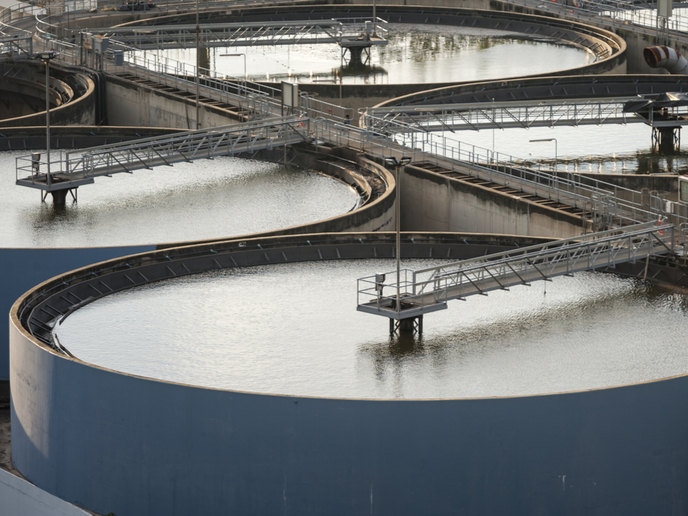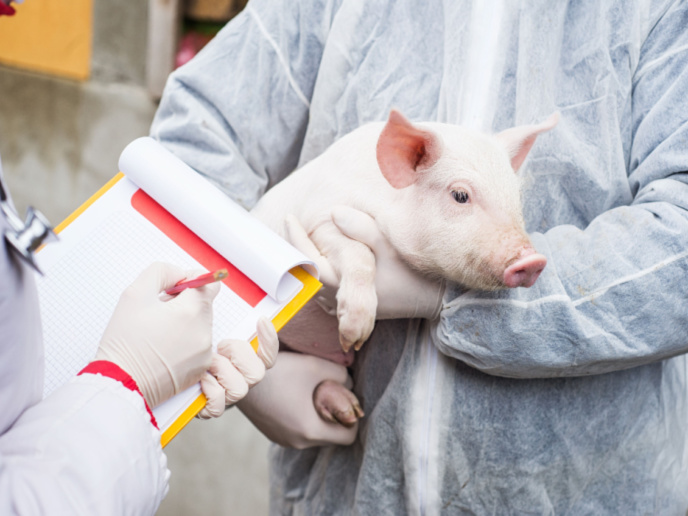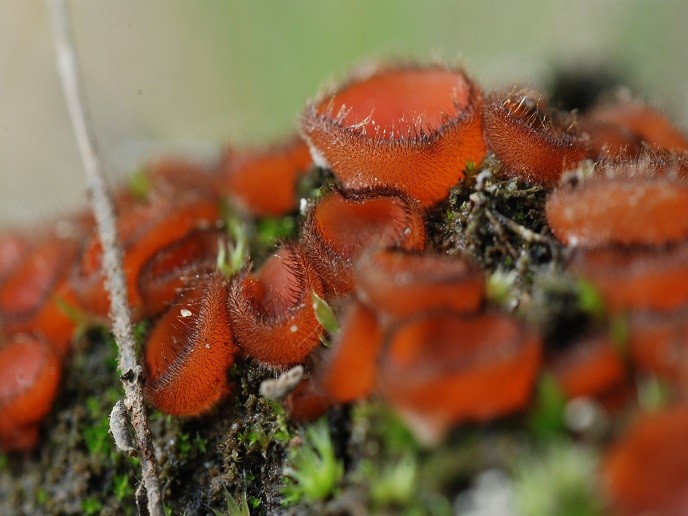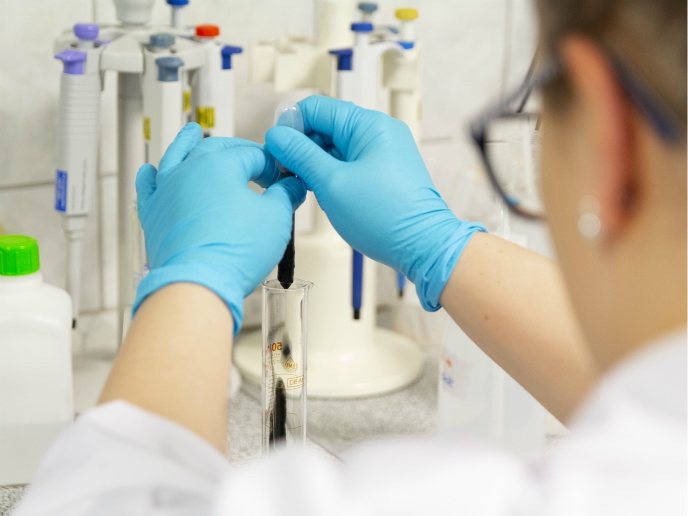Enzyme treatment unit removes organic micropollutants
Organic micropollutants are human-made substances present in natural water systems. This category includes thousands of chemicals used in industry and agriculture. However, of this group, medicine residues are of greatest concern. Medicine residues (APIs) enter the water system via several pathways, but especially through the body. In many cases, 50-90 % of what is consumed will be excreted. Thus, APIs are present already in the sewage. Furthermore, few sewage treatment plants are designed to deal with these substances, meaning APIs are unaffected by the treatment. So, the residues end up in natural water systems, where they cause environmental and social harm. For example, residues of antidepressants and hormones can kill fish. Antibiotic residues contribute to antibiotic resistance, one of the greatest health problems facing humanity.
Novel enzyme treatment
The EU-funded PFS project developed a wastewater treatment that deals with APIs and other organic micropollutants. PFS is based on the work of an earlier EU-funded SME Instrument Phase 1 project called DePharm. That project explored the feasibility and market opportunities for a novel water treatment technology based on enzymes. PFS was the Phase 2 project that industrialised and validated the technology, while also preparing it for market. “PFS is a water treatment technology for municipal and industrial processes,” explains Christian Ryen, chief operating officer for project partner (Pharem Biotech). “Imagine a programmable treatment technology where you can select the function of the treatment step. By developing enzymes, we can design what treatment mechanisms that are bound to the material. The result is a porous sand-like material that can treat a very broad spectrum of waterborne organic pollutants in various water environments.” Enzymes are chemical catalysts, meaning that they accelerate reactions without being consumed. As polluted water passes through the material, the water comes in contact with the enzymes. These break down the pollutants.
Options for customers
The system is distributed in several ways. The first option is a plug-and-play module that will be free to customers. The second option is to design an optimised treatment step. The third option target specific needs and involves tailoring enzymes to be used in the treatment step. Either way, PFS can be easily retrofitted to existing treatment plants. “Binding enzymes to the material results in a highly efficient treatment step that reuses the enzymes’ activity for each volume of water, greatly reducing costs,” adds Ryen. Since enzymes are catalysts, it is possible to create a gravity-fed treatment step, if the infrastructure allows it, eliminating the need for additional energy. Several months of testing proved that PFS complies with industry standards. Even before specific optimisation, the treatment step for municipal WWTPs removes more than 80 % of APIs. This compares well with alternative technologies. Yet, a major advantage of PFS is that it provides treatment with minimal energy consumption and can provide a cost-per-volume about half that of competitors. The treatment step is also compact and fully scalable. The project is preparing for full entry into the wastewater treatment market during 2021. The team has signed collaboration agreements with several key partners and have been able to secure several industry treatment projects with the pharmaceutical industry.
Keywords
PFS, water, enzymes, wastewater, filtration, prescription drugs, wastewater treatment, organic micropollutants, active pharmaceutical ingredients







